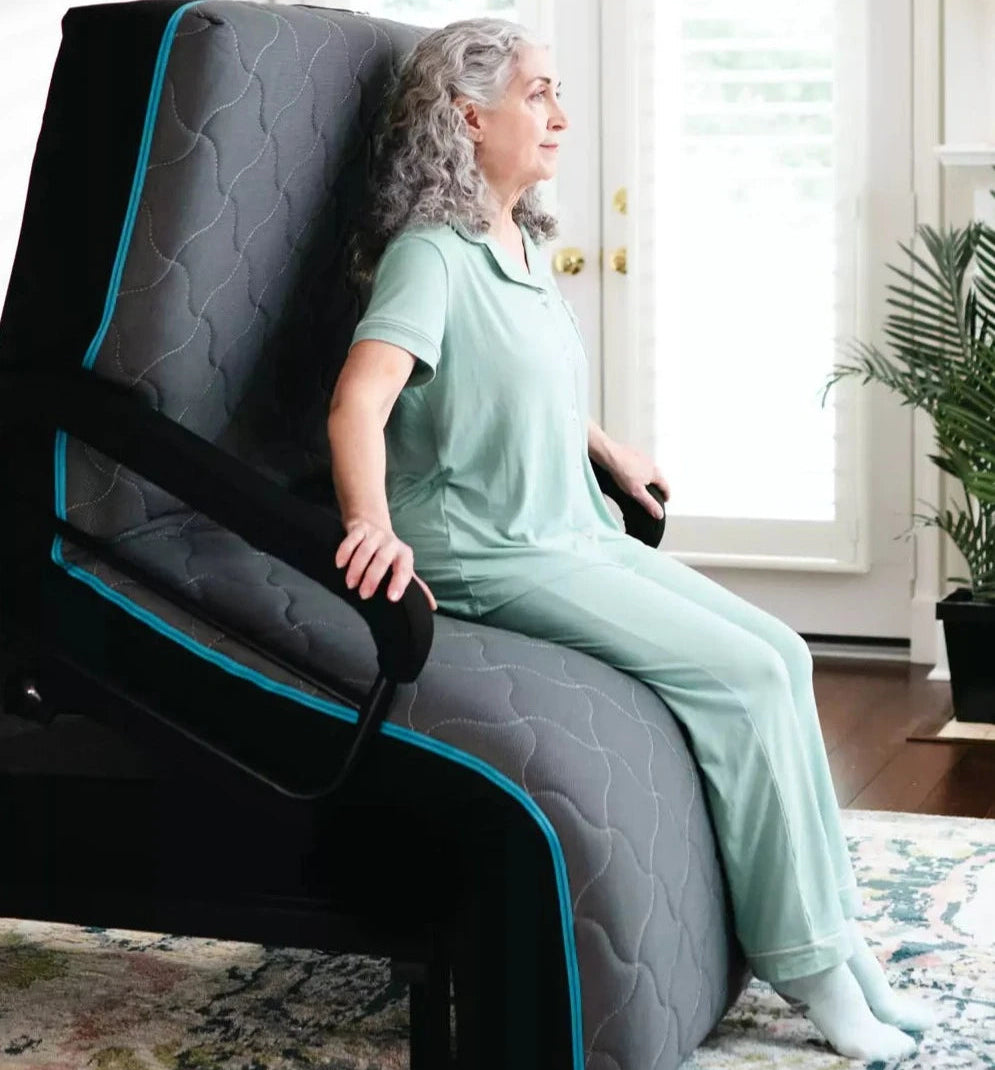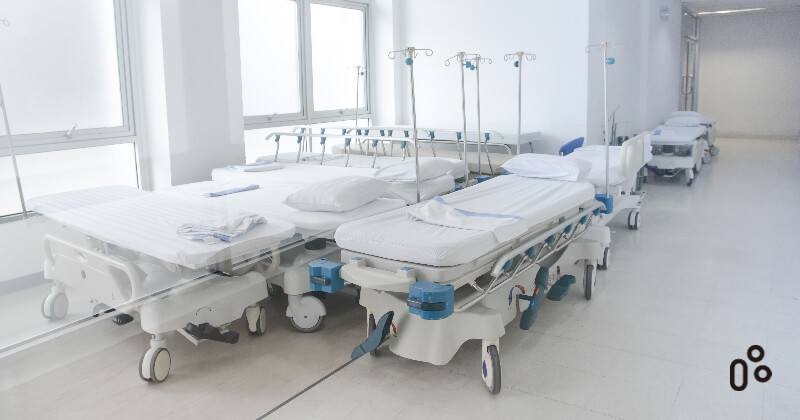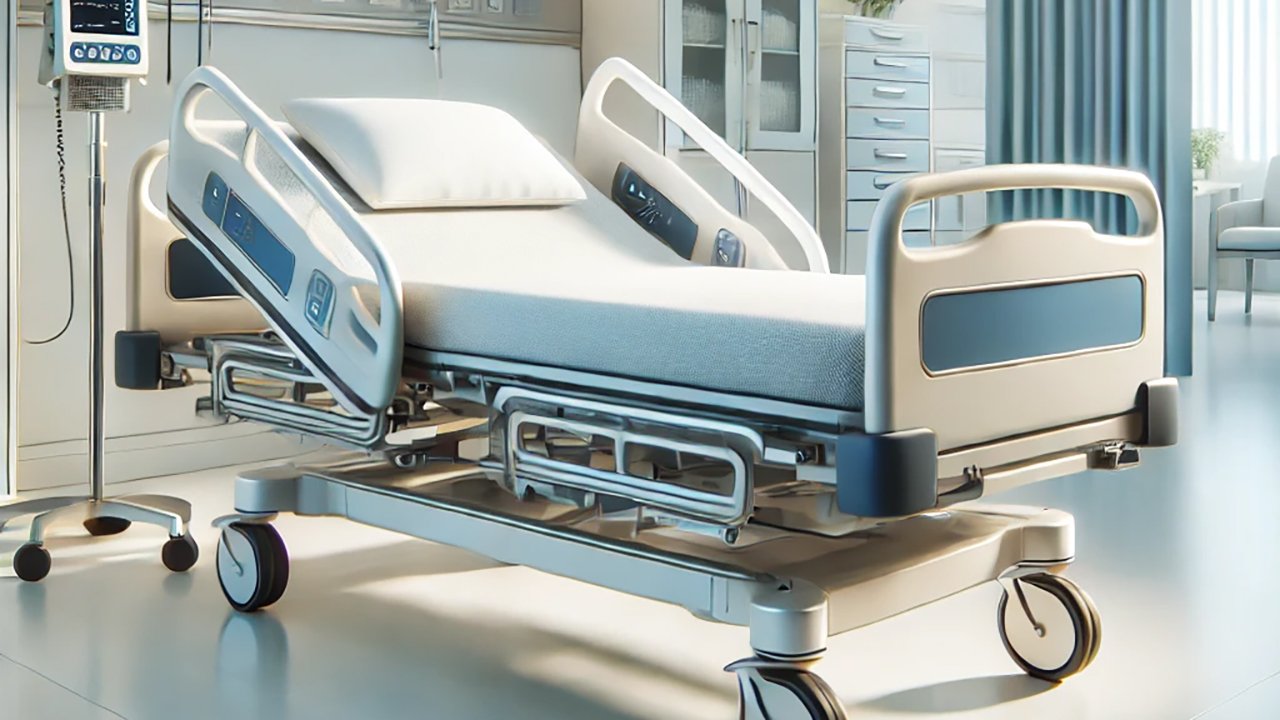The Hospital Beds For Home Use Statements
Table of ContentsHospital Beds For Home Use Can Be Fun For AnyoneHospital Beds For Home Use Can Be Fun For AnyoneThe Ultimate Guide To Hospital Beds For Home UseHospital Beds For Home Use for BeginnersHospital Beds For Home Use Things To Know Before You Get ThisHow Hospital Beds For Home Use can Save You Time, Stress, and Money.The Of Hospital Beds For Home Use
There are three primary types of health center beds: manual, semi-electric, and fully-electric. Nevertheless, more kinds of clinical beds exist and they are detailed below. These beds use hand cranks to change the bed's height and elevate and lower the head and the foot. Hand cranks are commonly found at the foot of the bed and require an individual that is literally with the ability of operating.
Semi-electric beds have an electric motor to raise and decrease the head and foot sections of the bed (hospital beds for home use). Full-electric beds have an electrical motor that can increase the head and foot sections of the bed as well as the whole elevation and positioning of the bed.
What Does Hospital Beds For Home Use Do?
Some versions can likewise move right into even more settings, such as the Trendelenburg (tilt) placement. There are a number of kinds of medical facility beds, each designed to satisfy specific individual demands. Right here are some usual types: This is one of the most usual sort of hospital bed, created for basic medical use. It has a guidebook or electrically adjustable headrest, footrest, and elevation.
Lower to the ground than a standard bed. This type of bed is developed for larger clients, with a bigger structure and greater weight ability than a basic bed.
This sort of bed is designed for critically ill patients that call for open monitoring and specialized medical equipment such as ventilators and mixture pumps. This kind of bed is designed for use during labor and delivery, with adjustable settings and attributes to sustain the mother and infant during the birth process.
Hospital Beds For Home Use Things To Know Before You Get This
Several feature and the devices carry out expanding grip to various components of the vertebra and the extremities without relocating the human body. These are simply a couple of instances of the types of healthcare facility beds offered. The certain kind of bed utilized will certainly depend upon the individual's problem, medical demands, and other variables.
Here is the thing you require to know. A one-function health center bed is a clinical bed that enables a patient to relocate just the head or foot section up or down. A 2 feature medical facility bed usually refers to a sort of medical bed that has 2 flexible features to help patients in healthcare facilities or treatment centers.

The Greatest Guide To Hospital Beds For Home Use
A 7-function ICU bed is a sort of clinical bed that supplies a number of flexible functions to support critically sick clients in an extensive treatment unit (ICU) (hospital beds for home use). The seven functions commonly consist of: Backrest modification: The backrest can be gotten used to various angles to help the individual sit up or rest comfortably
Height change: The bed can be increased or decreased to make it less complicated for people to enter and out of bed, and for caretakers to supply care. Trendelenburg position: The entire bed can be tilted to advertise blood circulation and flow in the body. Reverse Trendelenburg setting: The bed can likewise be tilted in the opposite Related Site instructions to promote blood circulation and flow in the upper body.
While more budget-friendly than electric models, these beds call for exertion for adjustments. The major benefits of hands-on beds are their affordability and integrity, as they don't depend on electrical power. The requirement for hand-operated effort can be a constraint in circumstances where fast modifications are essential or where caregivers encounter physical difficulties.
5 Easy Facts About Hospital Beds For Home Use Explained
They are fit for patients who need minimal repositioning for comfort or medical needs. Semi-electric hospital beds provide an equilibrium of guidebook and electric controls. The head and foot areas are normally readjusted with electrical controls, while the elevation is adjusted manually. These beds offer a suitable happy medium between manual and completely electric choices, offering ease of use without the full cost of electrical models.
Semi-electric beds are appropriate for clients who need moderate adjustments to the head and foot areas yet can handle without constant elevation changes. This makes them a cost-efficient remedy for those looking for convenience and benefit without the need for constant repositioning. Fully electrical hospital beds include electrical controls for seamless adjustments to the elevation, head, and foot sections.
Specialty hospital beds, such as ICU beds, long-term treatment beds, and bariatric beds, are thoroughly developed to deal with details medical demands. These beds use customized take care of varied individual teams, Recommended Reading improving both end results and comfort. In the following sections, we will certainly explore the major kinds of specialty hospital beds, describing their particular advantages and applications.
With years of experience in producing electric direct actuators - hospital beds for home use and close collaboration with the health care sector, TiMOTION is well-positioned to give trusted health care remedies. Our up and down integrated firm manages every step of the production process, from design to actuator setting up, ensuring we deliver extraordinary value and tailored options customized to your certain needs
The 8-Minute Rule for Hospital Beds For Home Use

To find out more about incorporating these modern technologies into your items, contact us today. Additional reading:.
Data is sourced from the Medicare Price Report.

The Single Strategy To Use For Hospital Beds For Home Use
A healthcare facility bed is a bed made especially for clinical functions. It is not only a place for clients to rest, but additionally a system for clinical procedures. Unlike normal home beds, hospital beds generally have flexible functions, which can assist in medical staff to make numerous modifications according to the requirements of clients, such as Full Article changing the elevation, inclination, and support angle of the back and legs of the bed.